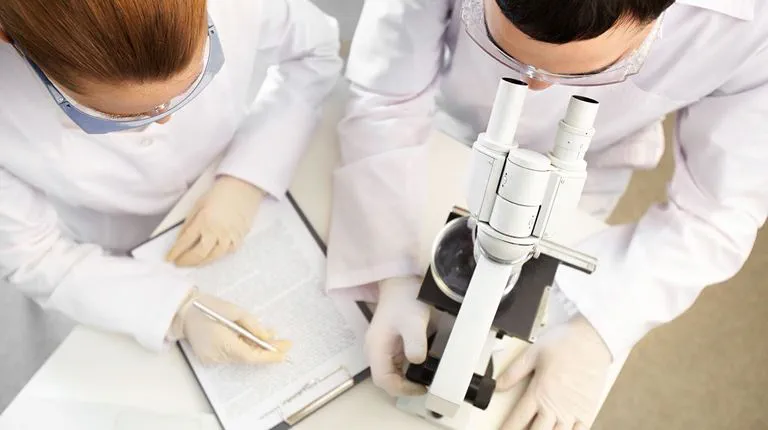Melbourne, 10 February, 2017 04.00AM AEDT: An international team of scientists in collaboration with global biotechnology leader CSL has successfully prevented the progression of Diabetic Kidney Disease (DKD) in laboratory studies of type 2 diabetes. The findings, which are published today in Cell Metabolism, are an important breakthrough in the field of diabetes research.
Type 2 diabetes is one of the fastest growing chronic diseases, affecting more than 420 million1people globally. DKD is an often fatal, long-term complication of diabetes and the most common cause of severe renal disease, affecting approximately one third of people with type 2 diabetes2. At present, there are few treatment options available that prevent the progressive loss of renal function for people with DKD.
Based on prior work published in Nature in 2010 and 2012, the researchers investigated a novel therapeutic approach that targets the transport of fatty acids, or lipids, from the blood into tissues in order to treat diabetic kidney disease.
Using 2H10, a monoclonal antibody developed by CSL, the researchers blocked signalling of Vascular Endothelial Growth Factor B (VEGF-B) – a protein that affects the transport and storage of lipids in body tissue. Elevated levels of VEGF-B are found in patients with DKD and it is thought to play an important role in the development of diabetic nephropathy.
By inhibiting signalling by the VEGF-B protein, the researchers reduced the accumulation of lipid deposits within the kidney and moderated the progression of kidney disease in a number of models of type 2 diabetes. Similar findings were also observed in a model of type 1 diabetes. Mouse models treated with the 2H10 antibody showed improvements in blood pressure and insulin sensitivity.
Commenting on the findings CSL Senior Vice President of Research, Dr Andrew Nash, said, “This research addresses an important area of unmet medical need and could lead to an entirely new approach to the treatment of type 2 diabetes.”
The study’s lead researcher, Professor Ulf Eriksson from Karolinska Institutet, said, “The study reveals some mechanistic understanding of the disease progression and challenges the hypothesis that diabetic kidney disease is simply the result of chronic elevated blood glucose”.
It is known that increased use of glucose-lowering agents and better glycaemic control has not resulted in a reduced prevalence of DKD, which instead has increased in parallel with diabetes. The research is a joint effort by an international team led by Professor Ulf Eriksson from the Karolinska Institutet in Sweden, researchers from Uppsala University, Sweden and scientists from CSL’s research laboratories in Melbourne.
CSL has developed a version of the 2H10 antibody that is suitable for use in humans (known as CSL346) and will commence phase 1, first-in-human clinical trials in Australia in 2017. The trials will focus on proof of biological concept with a view to unlocking the full therapeutic potential of the molecule.
For media enquiries, please contact:
Christina Hickie
Senior Manager Communications
CSL Limited
Phone: +61 3 9389 3425
Mobile: +61 429 609 762
Email: Christina.Hickie@csl.com.au
1WHO Global Report on Diabetes, 2016: http://bit.ly/1REa7Gv
2Reutens A.T. Atkins R.C., Epidemiology of Diabetic Nephropathy in Diabetes and the Kidney. Lai KN, Tang SCW (eds), Karger, 2011, vol 170, pp 1–7 (DOI:10.1159/000324934.



